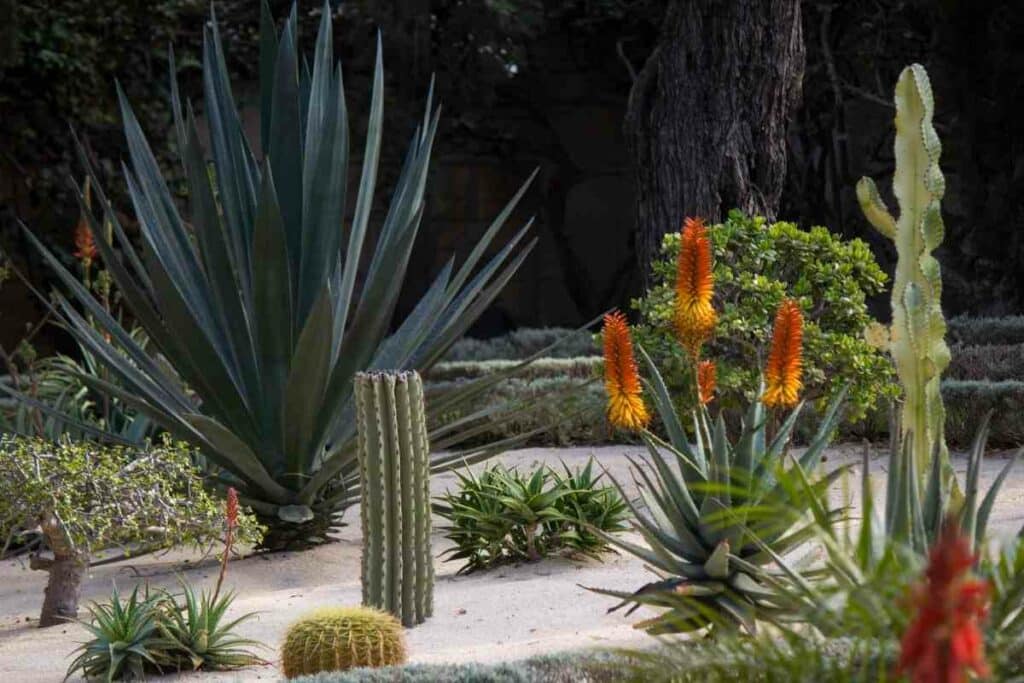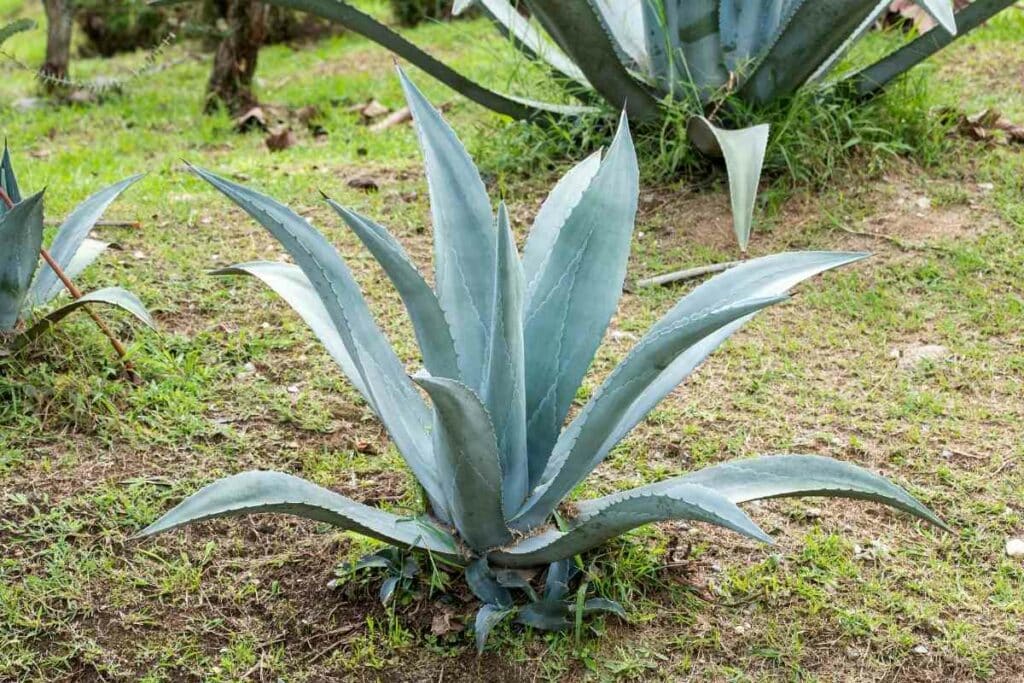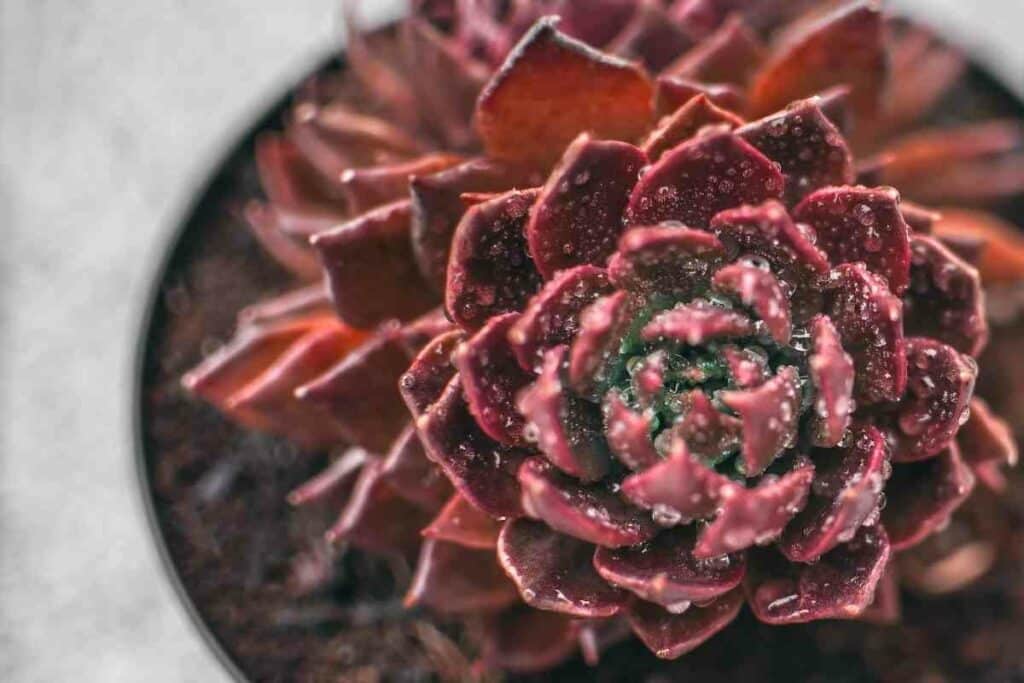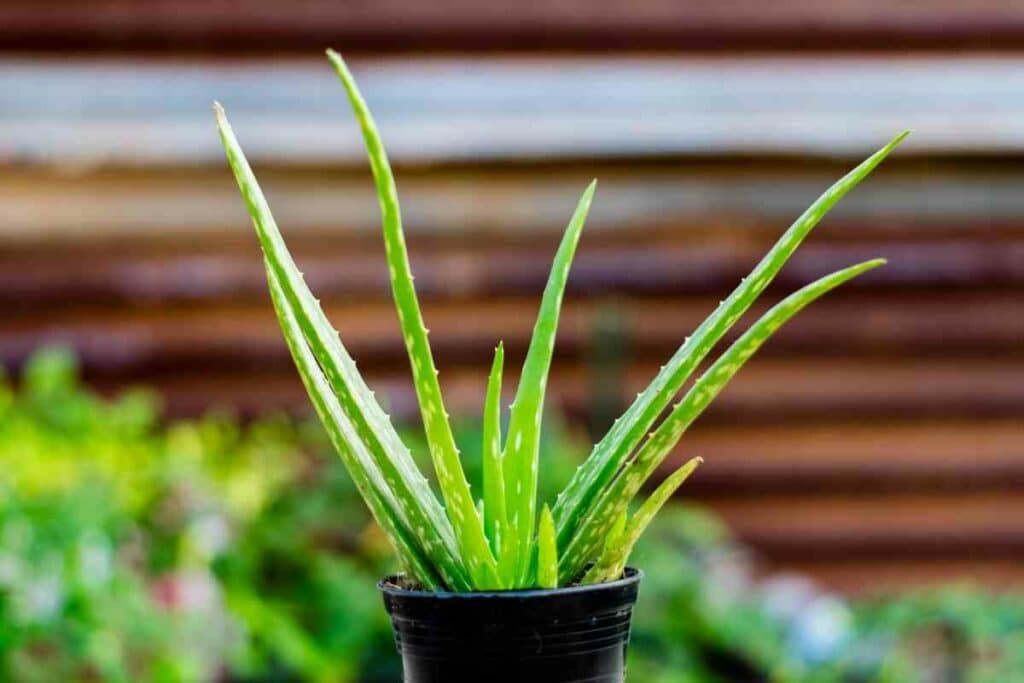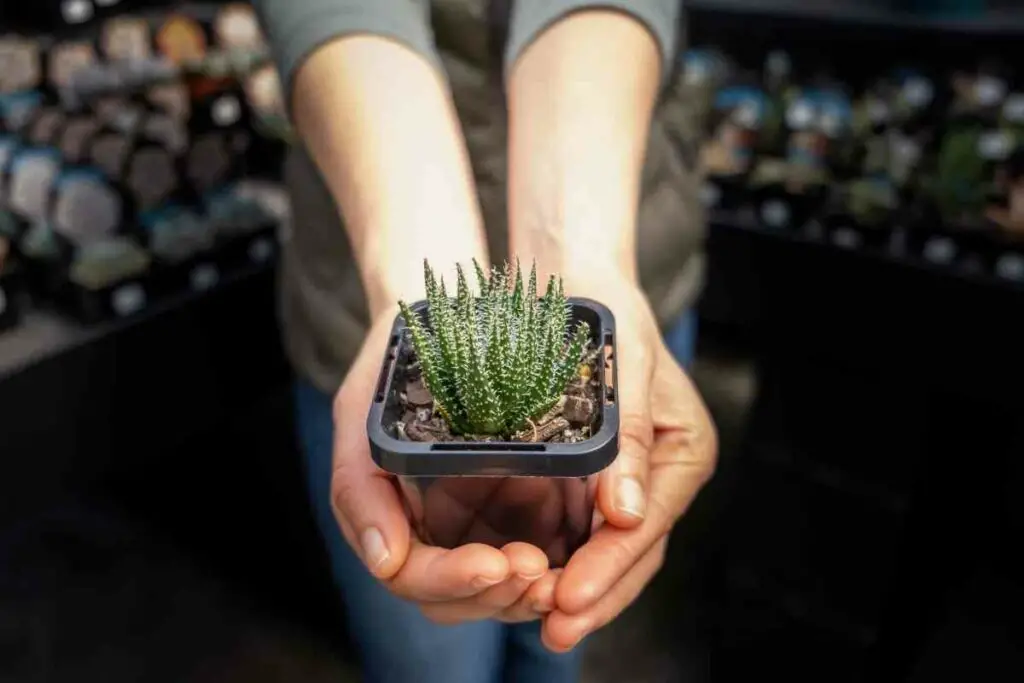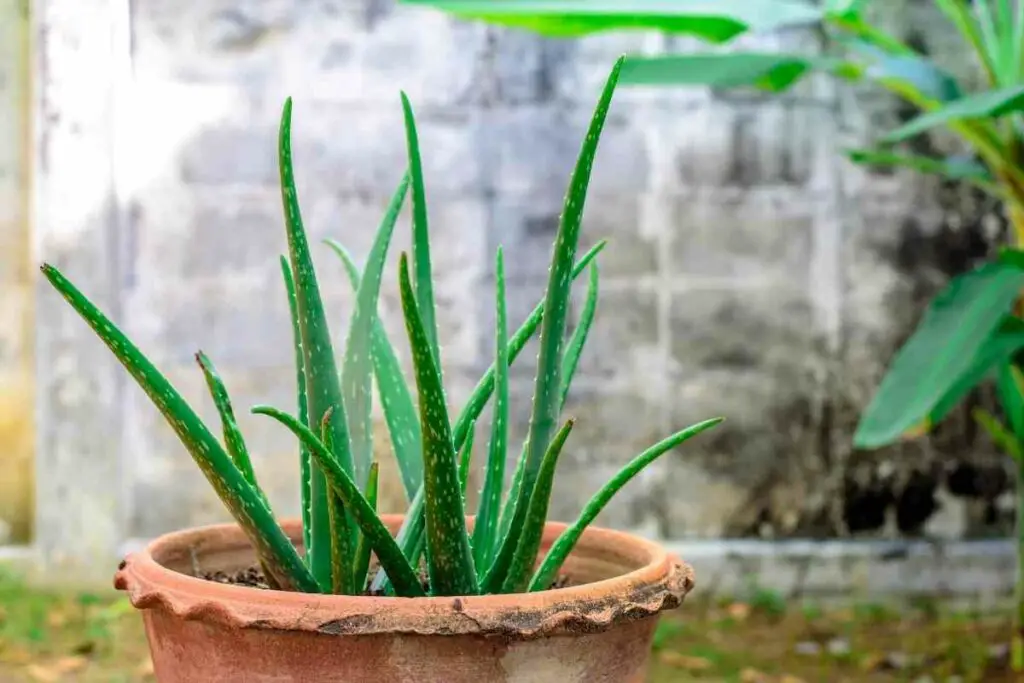If you are growing an Oxalis palmifrons succulent, you might be wondering where your plant comes from and how it got its name.
The Oxalis genus is large and has many different varieties (over 2000), but the Oxalis Palmifrons is a particularly beautiful and popular variety – so let’s learn more about it!
1. It Is Native To Africa
Most succulents come from hot countries originally, and it may not surprise you to learn that the Oxalis palmifrons originated in South Africa, from the Western Karoo region.
It is a desert plant and prefers hot temperatures.

It was first introduced to Europe by European settlers, but it is unknown at what time, or when it spread to America.
Because it comes from a hot climate, it does not cope well with cold weather, and it cannot be grown outdoors in most of North America because it will die from frost damage.
It will usually only grow in USDA zones 7 to 11, and it needs temperatures between 60 and 70 degrees F, as well as plenty of sunlight.
2. It Gets Its Name From Is Appearance
You may not be surprised to learn that the Oxalis palmifrons is named because of the way it looks.
This stunning plant looks like a perfect tiny replica of a bundle of palm trees, giving it a very striking and attractive appearance.
The fronds grow out from a central point, each stem supporting one leaf.
Humans love anything miniature, as proven by bonsai trees, and this plant is like a bonsai created by nature.

It is not a tiny palm (or even related to one), but it looks so much like a palm grove in miniature that it’s hard to believe there is no connection between the two plants.
With tiny, delicate fronds splayed outward to form star-like shapes, this Oxalis certainly deserves the name, and it looks entirely different from any other Oxalis.
Have You Noticed: If you are familiar with other species of Oxalis, such as wood sorrel or purple shamrock, you will be aware that most have three leaves per stalk and look somewhat like clover – certainly not like palm trees.
3. This Plant Is Great At Water Preservation
The Oxalis palmifrons doesn’t look like it should be a top candidate for preserving water, because its leaves are thin and spread out, rather than fleshy and clustered.
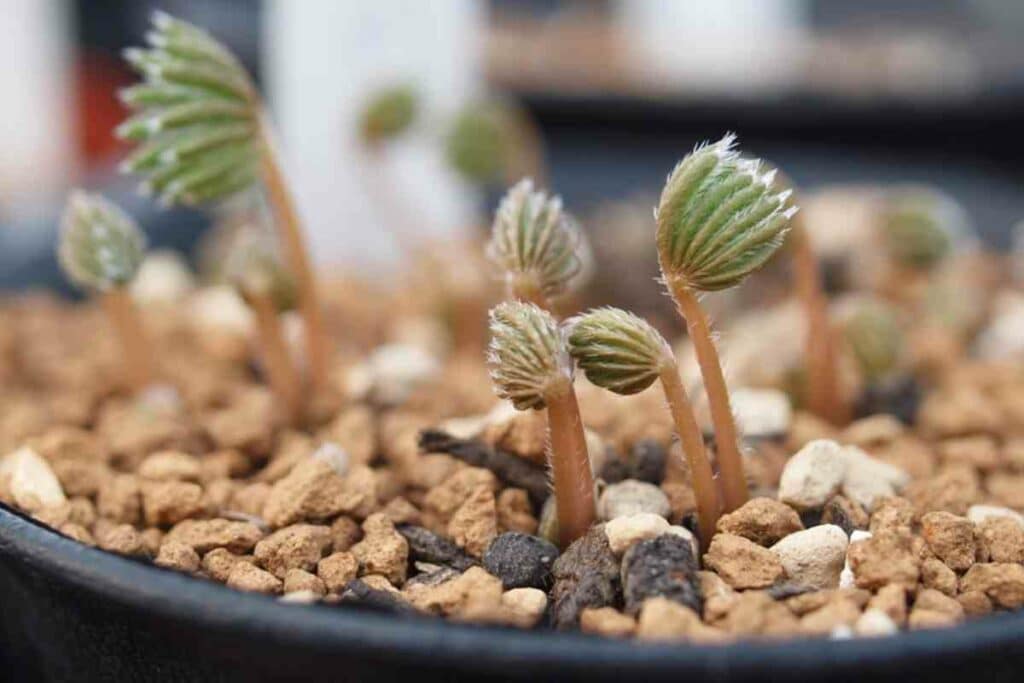
In general, plants that need to store water create big, plump leaves so that the water can stay trapped in there – and this is true of most succulents.
Low surface area minimizes evaporation and helps the plant to survive through periods of drought.
However, like all plants that are native to deserts, the Oxalis palmifrons must be capable of storing water, and it does this by stacking its leaves on top of each other so that the lower leaves do not lose as much to evaporation.
The lower leaves are almost all covered by those on top, and this helps to preserve the plant’s water and keep it hydrated.
4. This Plant Is Active In The Winter
Because Africa is so hot, the Oxalis tends to be dormant in the summer and then becomes active in the winter, when the temperatures start to drop a bit and it is easier for the plant to grow.
If you live in a more temperate environment, you might find that your Oxalis grows throughout the year, but it may still slow down when the weather is really hot.
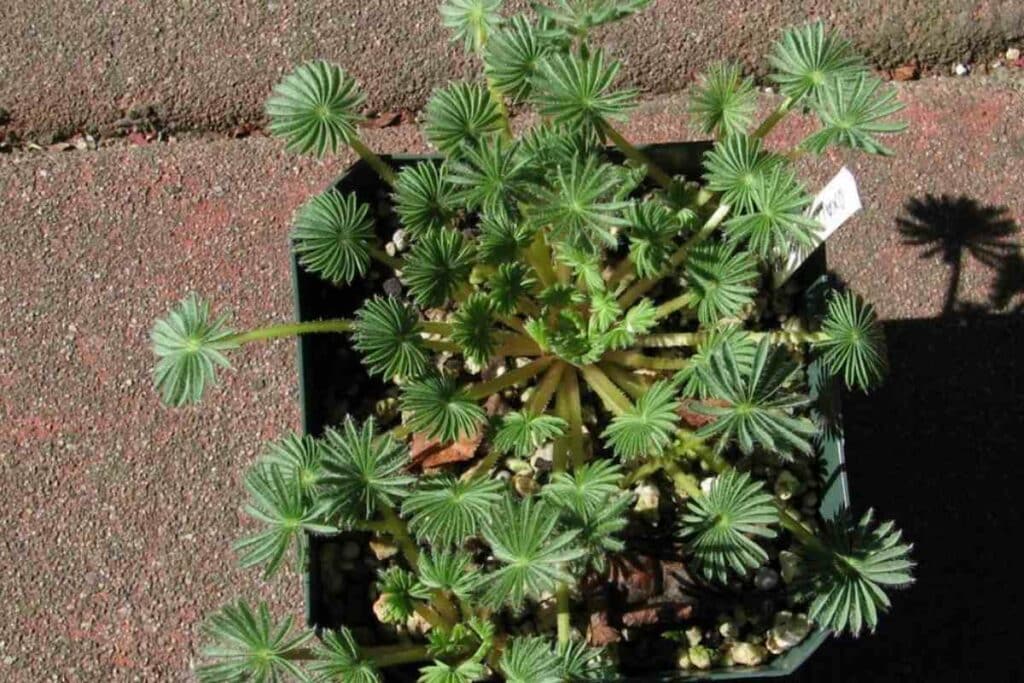
Don’t worry if this happens, unless the plant is looking sick.
It is not likely to be a problem, and the plant should resume growth once the temperatures are back within a range that it likes.
Take a Closer Look: If it starts looking ill or dropping its leaves, check whether it needs water, food, a bigger container, or more light.
5. The Leaves Fold Up At Night
If you watch your Oxalis palmifrons during the evening, you might be amazed to see it folding its neat leaves up one by one.
This is a beautiful process to observe, partly because the leaves are so delicate, and the plant will do it every night.
The following morning, when dawn breaks, the leaves will unfold, ready to start photosynthesizing again. It’s possible that this behavior helps to protect the foliage from low temperatures. You may also see the leaves close up on cloudy days, when the light levels are particularly low.
If you use a grow lamp with this plant, make sure you turn it off at night so that the plant can experience a period of darkness.
6. The Leaves Can Have Twenty Fronds Each
An incredible example of miniaturization, a single leaf of the Oxalis palmifrons can have up to twenty fronds, despite the fact that most leaves only reach an average of one centimeter across.
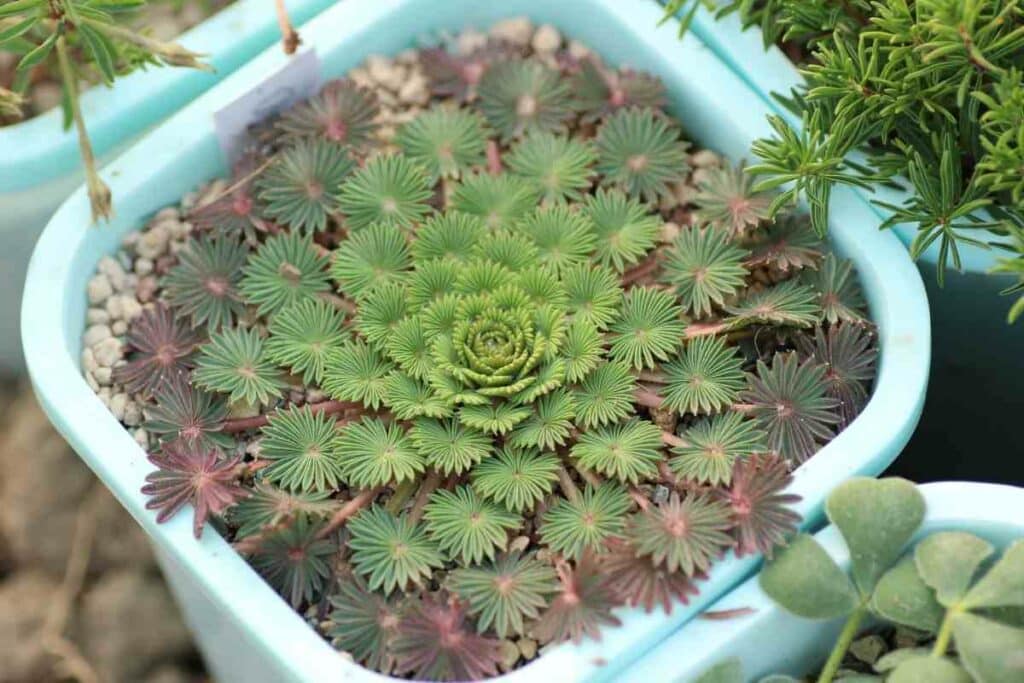
These fronds are slender and elegant, and because they curve downward, they beautifully mimic the look of a palm tree’s leaves, especially with the fleshy stem that each leaf sprouts from.
7. The Leaves Are Hairy
Although they don’t look like it, the leaves are all covered in tiny hairs, which protect the foliage and reflect the strong sun that the plant is often exposed to.
This helps to prevent it from burning even in the heat of summer.
However, if you keep one of these plants, it is still important to be watchful and provide a screen or some other shade if the sun is damaging the leaves.
The hairs don’t make them impervious to burning.
8. The Foliage Can Change Color
While it is usually bright green, the foliage of the Oxalis palmifrons can change color, and may become red or orange, or sometimes even a lush pink when the growing season starts.
If it does this, it will often revert to green after a while, particularly in the center of the plant.
It’s unlikely that you can do anything to affect the foliage color yourself.
9. The Flowers Look Oversized
You will probably never see your Oxalis palmifrons flower because they are extremely reluctant to do this when they are grown in an indoor setting.
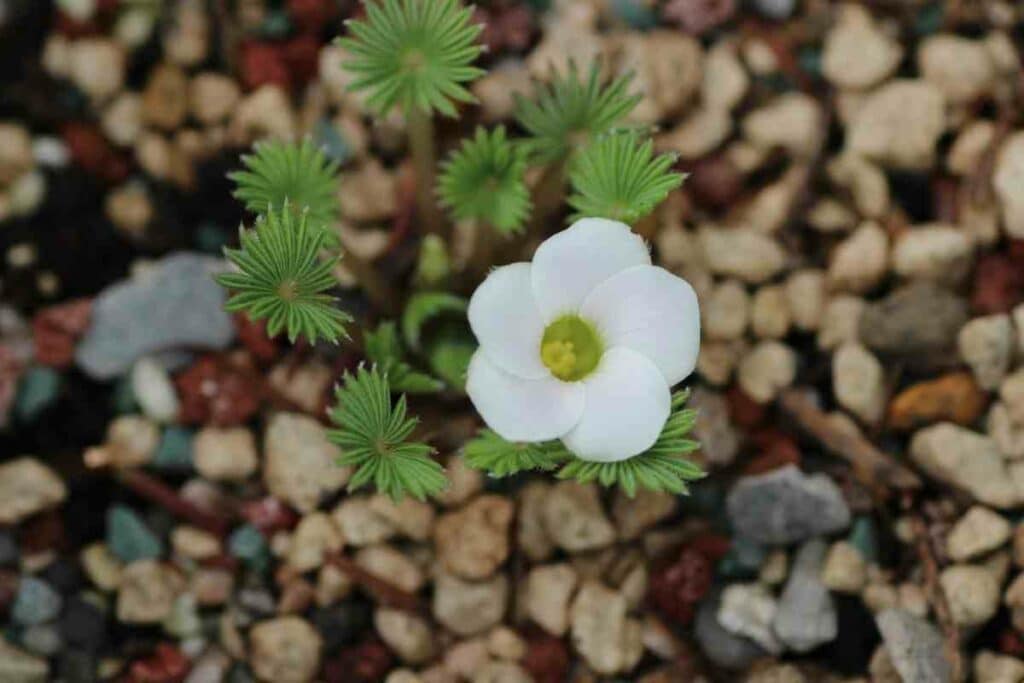
However, if you can hit the absolute perfect conditions, you might be rewarded with some blossoms.
If so, you’ll probably be amazed by the size of the flowers this plant can produce.
Compared with the tiny, delicate foliage, the flowers are enormous, and a single petal is often bigger than a whole leaf.
They look surprisingly out of proportion with the rest of the plant, but they are still attractive, and an achievement to be proud of.
Usually, the flowers of this plant will be white or pink.
10. It Grows From A Bulb
If you ever need to repot your Oxalis palmifrons, you might be surprised by what you find beneath the soil, because it doesn’t have roots as you might expect.
Instead, it grows from a large, fleshy brown bulb.
The bulb will get bigger as the plant ages, but it’s important to remember that Oxalis palmifrons are extremely slow growers, and they will take a long time to reach a significant size.
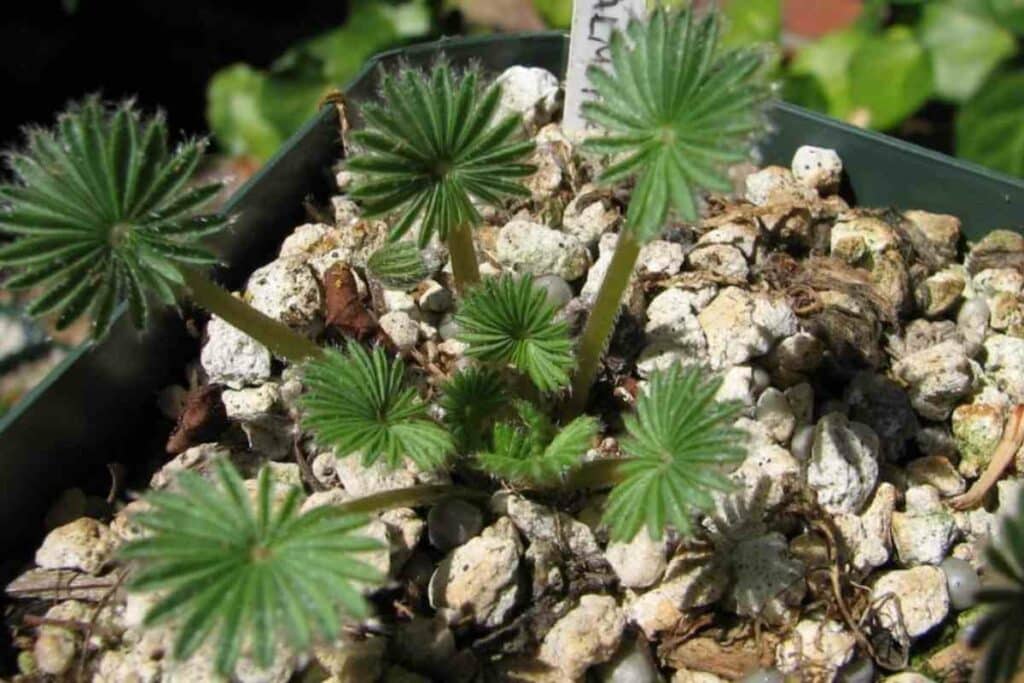
It is thought that larger bulbs, planted in deeper pots, are more likely to produce flowers than small bulbs planted in shallow pots.
Go Easy: If you need to repot your Oxalis palmifrons, make sure you handle the bulb with care, as damage to it could kill the plant.
11. It Will Not Survive The Cold
Many succulents are not cold hardy, and this is certainly true of the Oxalis palmifrons, which will very quickly die if it is exposed to cold temperatures.
If you do not live in a warm climate, you will need to grow this indoors on a sunny windowsill for it to survive.
If the plant is kept in cool temperatures, it may grow more slowly than if it is warm.
However, it is important not to keep it hot at all times, because this plant turns dormant when exposed to extreme heat, and will only grow when the temperature is right.
Conclusion
The Oxalis palmifrons is a highly attractive and very unusual plant, and certainly doesn’t look like a member of the Oxalis genus.
If you are fond of intricate plants and making the world miniature, the Oxalis palmifrons will make a perfect addition to your collection, but be aware that this plant can be fussy and it is not easy to get it to flower.
